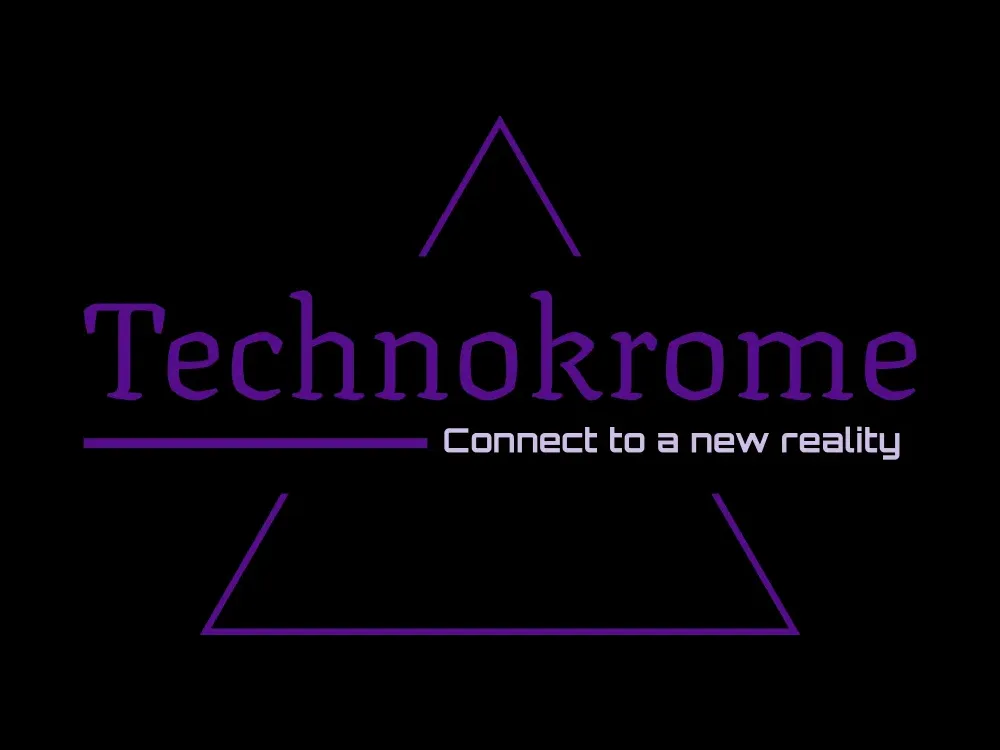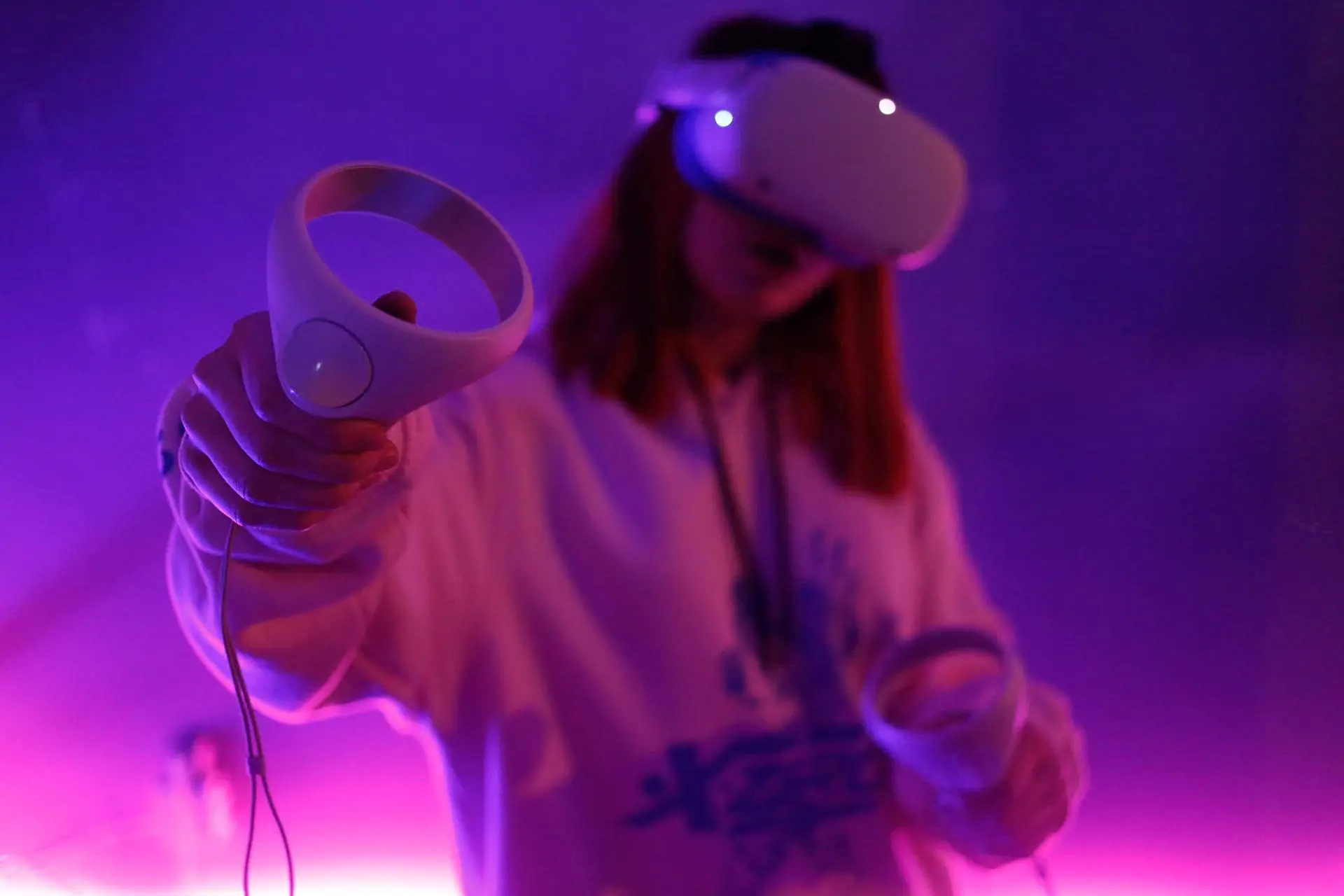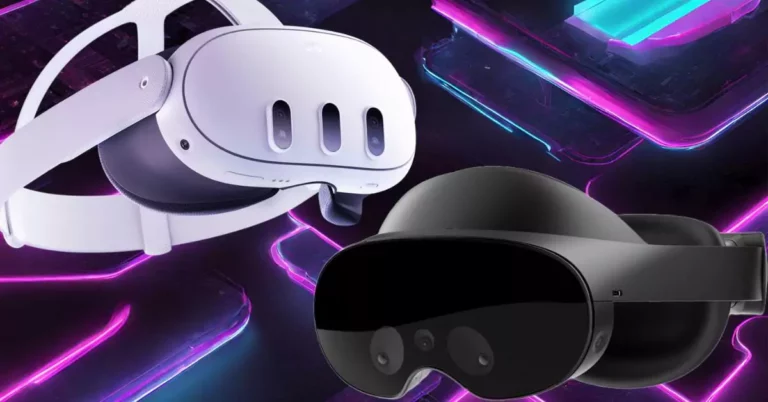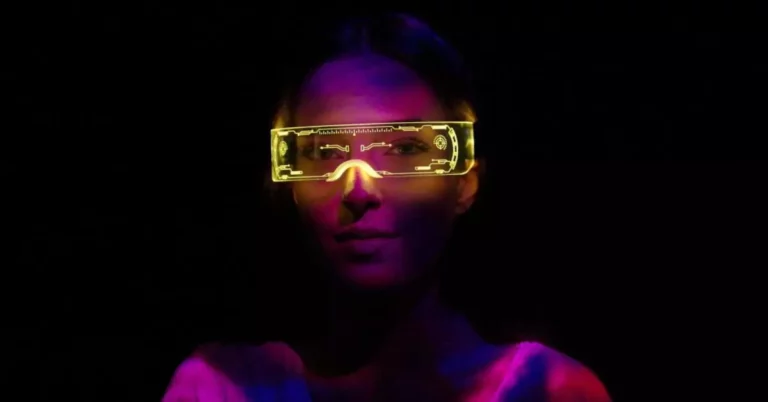In a recent earnings call, Meta’s CEO Mark Zuckerberg disclosed that the business would soon be releasing its next-generation consumer headgear.
According to him, this headset will have Meta Reality, the color real-world passthrough technology that was first introduced on the Quest Pro headset.
With this technology, a sparse 3D point cloud is created using black and white cameras, and the color is then added on top using a central color camera.
Quest 3 will probably be offered, like the Quest Pro, for both mixed reality and virtual reality thanks to the addition of color passthrough, but at a considerably cheaper cost.
A more immersive and participatory experience can be had using mixed reality (MR), a technology that merges the real environment and the virtual one.
Through the provision of a more user-friendly and compelling platform for users to interact with digital information, MR has the potential to completely transform the VR business.
Users can experience digital content in a way that feels genuine and palpable thanks to this new technology that has the ability to seamlessly blend the real and virtual worlds.
This is accomplished by projecting virtual items into the actual surroundings and tracking actual physical objects in the real world using cameras and sensors.
Users can have a more immersive experience thanks to the continuous integration of real and virtual environments that can be generated through this.
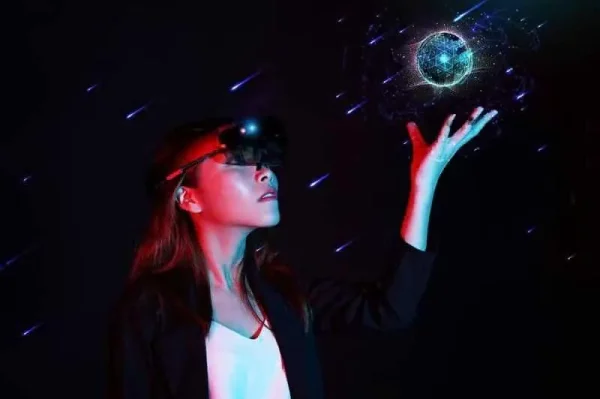
According to Zuckerberg, the Quest 3 headset would cost between $300 and $500 and be on sale in the latter half of 2023. The Quest 3 headset may have pancake lenses for a thinner design and a depth sensor for cutting-edge mixed reality, according to drawings that have leaked online.
The headset shown in the leak might not be the final model, and it’s possible that Meta has several prototype options for Quest 3.
The chipset that Quest 3 uses will reportedly be the most significant improvement. The Snapdragon 865 smartphone processor-based XR2 Gen 1 chipset is used by the majority of the existing standalone headsets, such as the Pico 4 and Quest 2.
It is anticipated that Quest 3 would employ the yet-to-be-released Snapdragon XR2 Gen 2 due to the multi-year agreement between Qualcomm and Meta that was announced last year to develop the next-generation Snapdragon XR chipsets.
According to import logs, the XR2 Gen 2 is built using the Snapdragon 8 Gen 2 chipset and provides about 50% greater performance-per-watt and over 1500% more peak performance than the XR2 Gen 1.
This would significantly enhance visuals on a higher-resolution monitor and possibly even enable games that would not be practical with Quest 2.
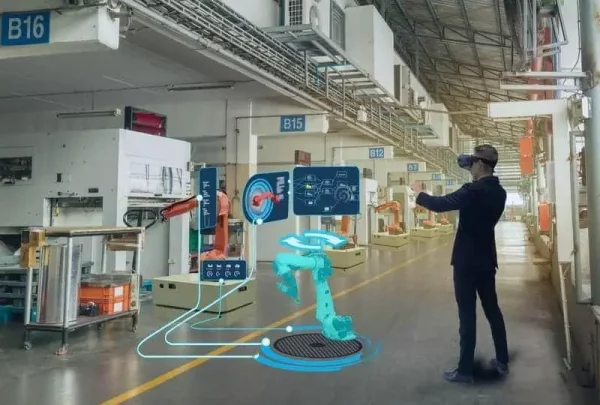
Furthermore, MR may create new commercial prospects for the VR sectors. For instance, by offering a more immersive and dynamic platform for marketing and advertising – it has the potential to change how businesses engage with customers.
In order to give users more compelling and interactive experiences, this tech can also be employed in a number of businesses, including retail, education, and entertainment.
Essentially, mixed reality has the potential to revolutionise the VR sector. It is capable of completely altering how businesses connect with customers by giving users a more realistic and stimulating experience. It also has the ability to expand the market for VR industries.
